10 home energy saving tips for those in Australia’s hot and humid areas
Did you know around 40% of energy in the average Australian home is used for cooling or heating, depending on your climate zone?
In hot and humid weather it doesn’t take long to start the pool pump, turn on air-conditioners, or head indoors to avoid the heat.
There are a number of ways to keep the costs down on energy usage, especially when you’re living in Northern Australia’s tropical and sub-tropical climates where humidity keeps everything particularly sticky.
Some energy saving tactics won’t cost you a cent, while others might be worth the investment for long term savings.
Here are 10 ways to be more energy efficient so you can save on your household bills.
-
Air-conditioning
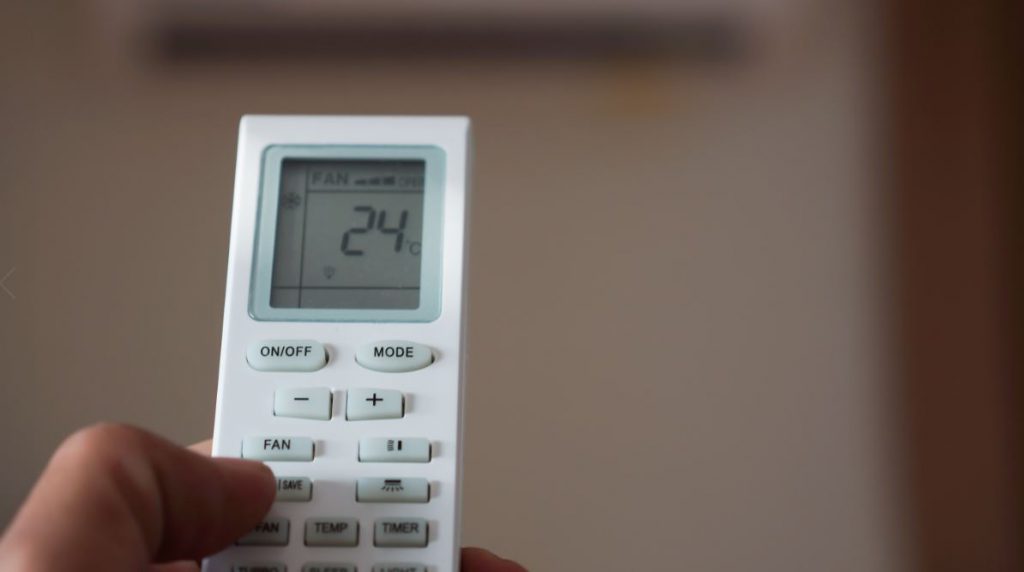
Avoid cranking the air con up to the maximum in your home. The optimum temperature is between 24’C and 27’C.
Some air-conditioners have a dehumidifying function, which will use less energy while still delivering a comfortable indoor environment in humid climates, especially if used with a fan.
Alternatively use a fan alone to cool specific areas of the home, rather than the whole house.
-
Let the sea-breeze in
If you’re lucky enough to enjoy a sea breeze during the day, open those windows and let it in.
Allow for cross ventilation by opening doors and windows in opposing rooms so the breeze or air flows naturally through.
-
Clean vents and screens regularly to avoid mould
While mould tends to look the same no matter where it grows, there are actually varieties of mould that can grow. There are different ways to handle mould and clean it properly and safely. Learn more about mould before using the basic solution below.
Clean dust and mould from door flyscreens, air-conditioning vents, and bathroom or kitchen exhaust fans regularly. This will help keep them running efficiently and deter further build-up of mould. 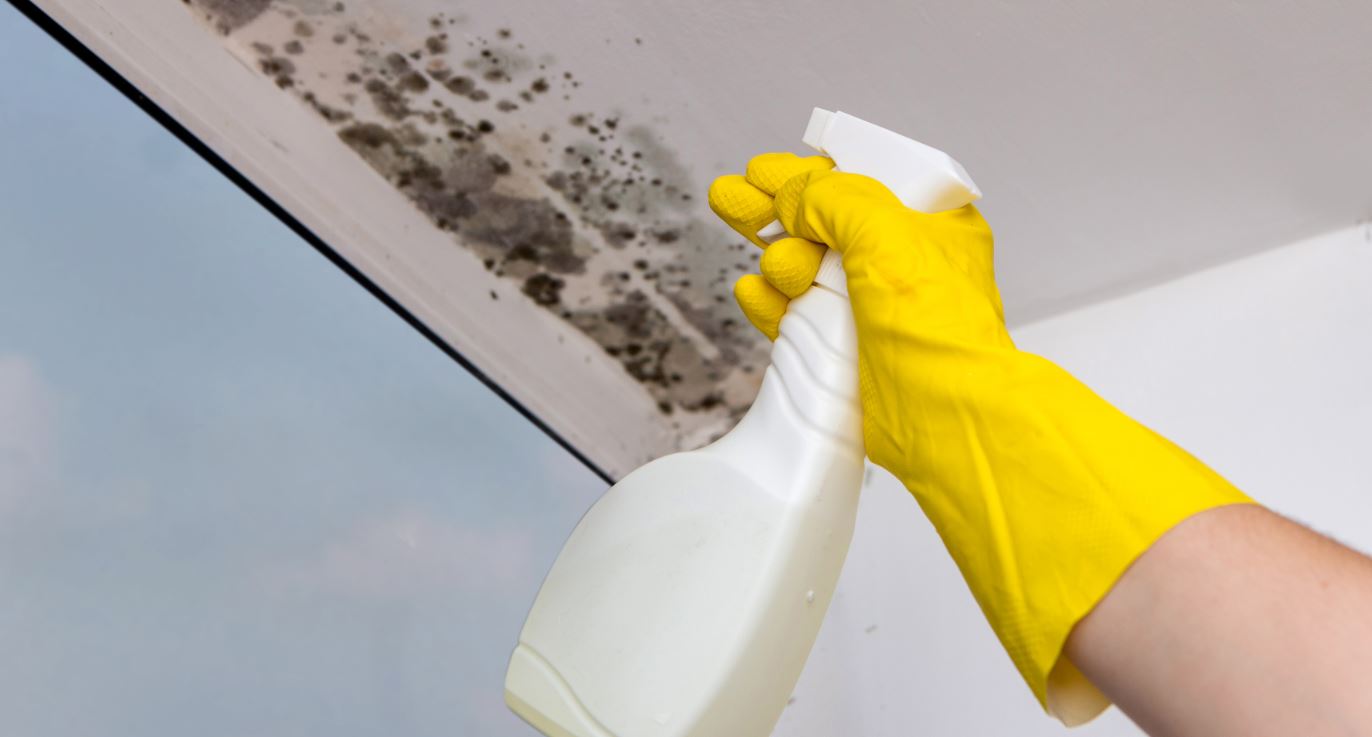
Try mixing a solution of 80% vinegar and 20% water, and scrubbing away the mould, before letting it air dry.
Avoid using a dryer if you can, letting your clothes dry naturally outside or during the wet season, in front of a fan inside. Dryers can heat up a home unnecessarily and lead to mould building up in your bathroom or laundry.
Before opening up your house after using an air conditioner, allow the inside temperature to rise to the same temperature as outside to avoid condensation forming leading to problems with mould.
-
Choose energy-efficient appliances
If you’re buying or replacing appliances, choose energy-efficient options. Always seek out customer reviews and comparisons, so you know you are investing wisely and cost-effectively. 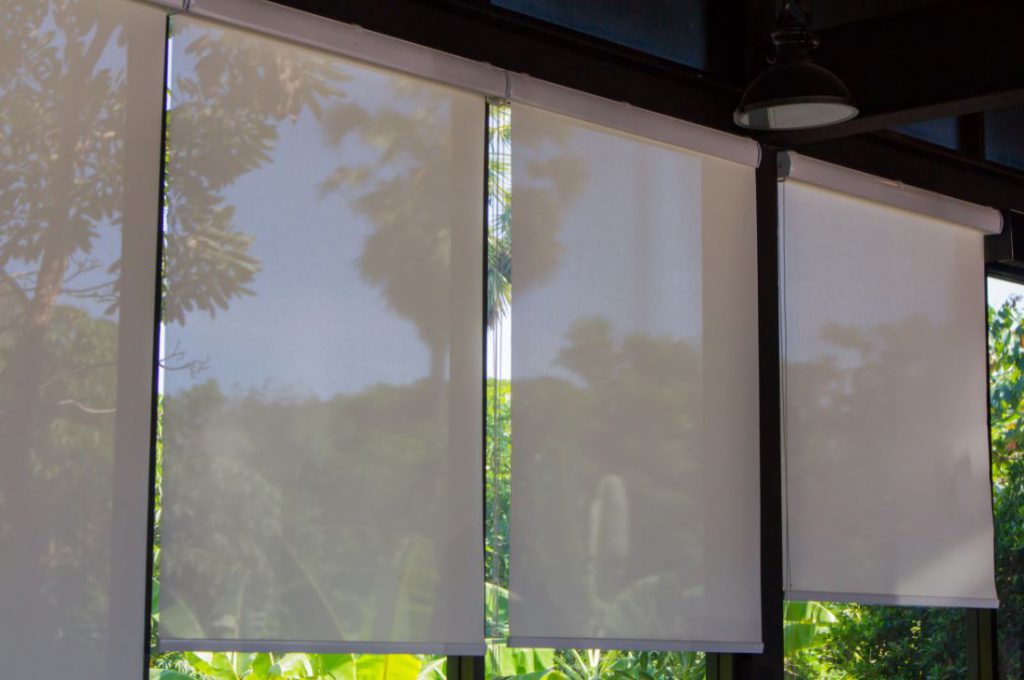
Pay close attention to efficiency ratings, water consumption and temperature settings – particularly for high-use appliances like hot water systems, gas appliances, washing machines and dryers.
-
Build and invest in heat-resistant homes
If you’re building, consider light and heat-repellent coloured materials for roofs and appropriate insulation for keeping temperatures moderate year-round.
Maximise natural garden shading with additional awnings or wide eaves, and consider ventilation techniques such as high ceilings, large window openings and louvres.
-
Keeping cool and savvy with pool time
Enjoy cooling down in your pool? You’re not alone.
Over one million Australians enjoy a refreshing dip in their backyard pool, which can account for almost 20% of their household energy usage.
Shop around for the right pool pump because investing in a multi-speed pool pump allows you to turn the power level up or down instead of running at one constant level. 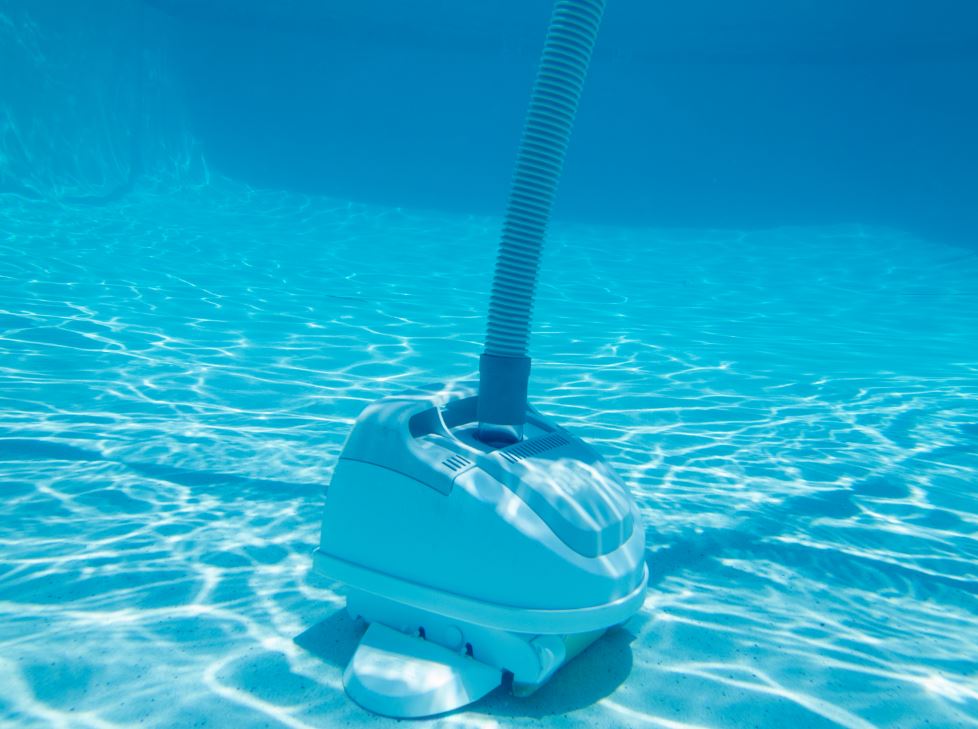
To save on water usage and keep water bills down, invest in a long-life pool cover. It will also help keep your pool clean, so your automatic pool cleaner doesn’t have to run as often.
-
Hot water tips even if it is hot and humid
Even in the hottest weather, we still need hot water, whether it’s for the dishwasher, washing machine, cooking or showers.
Using gas or electricity to heat water can make up 25% of household energy use.
Set the temperature on your hot water storage tank to 60 degrees Celsius. Any higher and it’ll use more gas and electricity than necessary, but any lower and bacteria may thrive.
Keep the temperature on an instant system no more than 50 degrees Celsius.
If you have a hot water storage tank system, turn it off when you go away – be it a long weekend or a holiday. If you’re using a gas water heater, it will take about 30 minutes to heat up again. An electric water heater will take about an hour.
Use a cold wash on your washing machine whenever possible and save the warm water cycles for particularly dirty or stained clothes. Additional cleaning agents or soaking methods may also help before the wash. 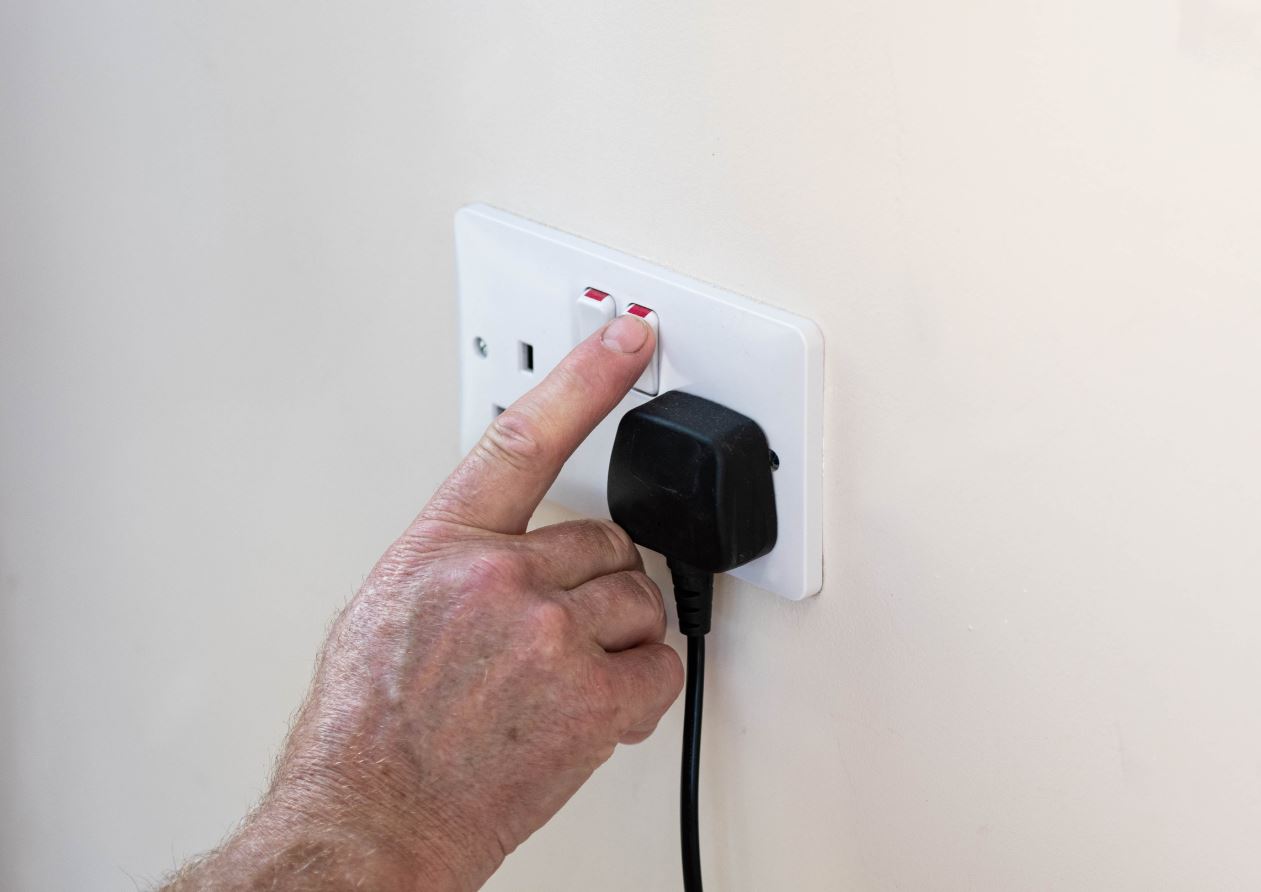
-
Don’t stand-by and watch, turn it off
Leaving household appliances on standby mode can contribute up to 10% of your energy bills.
Switch power off at the wall for appliances like televisions, washing machines, clothes dryers and gaming consoles to reduce energy consumption and boost your savings.
-
Go with the flow of the day
Live a slower lifestyle in hot and humid weather, and live outside when you can. Get active in early mornings and evenings, dine outside in the backyard, on the verandah or the balcony.
Head to shopping centres, art galleries and other public indoor areas so you aren’t using energy unnecessarily at home.
-
Light up your home with solar and LED
Can you install a skylight for natural lighting? Perhaps you could consider solar lighting in your gardens to save on hard-wiring, or light sensors so only rooms in use are lit at any time? 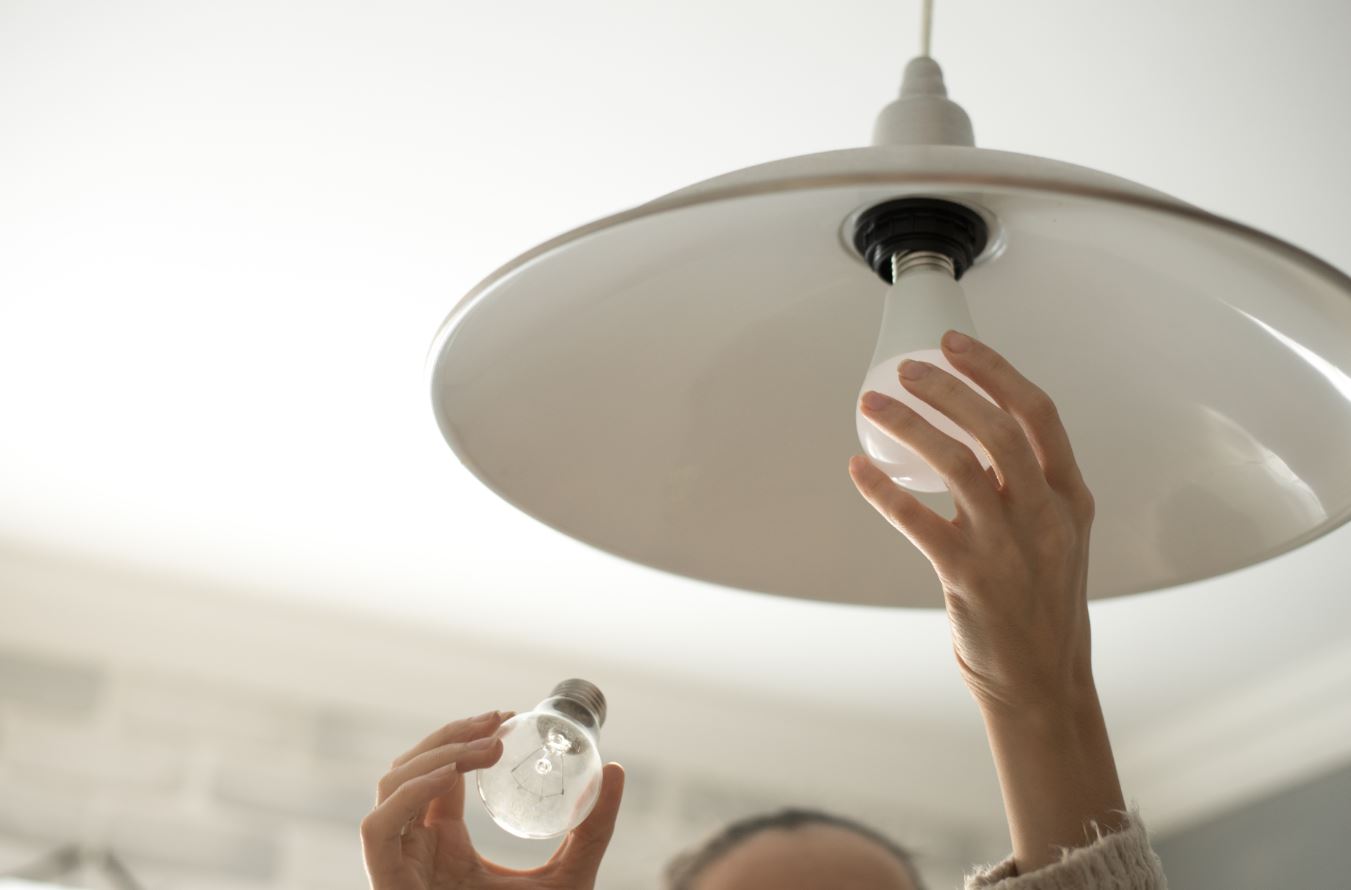
A simple and affordable purchase is LED lights instead of standard halogen light bulbs. LED’s use about 75% less energy than halogen light bulbs and last five to 10 times longer.
With the right information, you can be on your way to everyday savings
Making informed buying decisions for your home appliances can help you save down the track. You don’t need to sacrifice comfort in order to keep energy costs down.
While simple, cost-effective options are plentiful when looking at ways to keep bills down, the best way to reduce your energy costs is by understanding your appliance energy usage for your home.
Local support on the ground
Learn a little more about our team and get to know our NT- based team and the local businesses we support.